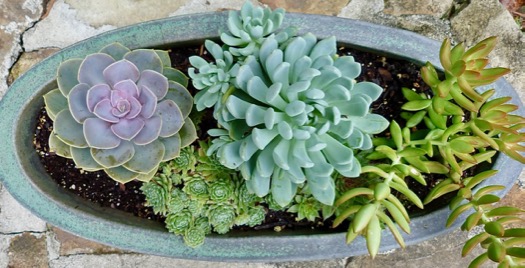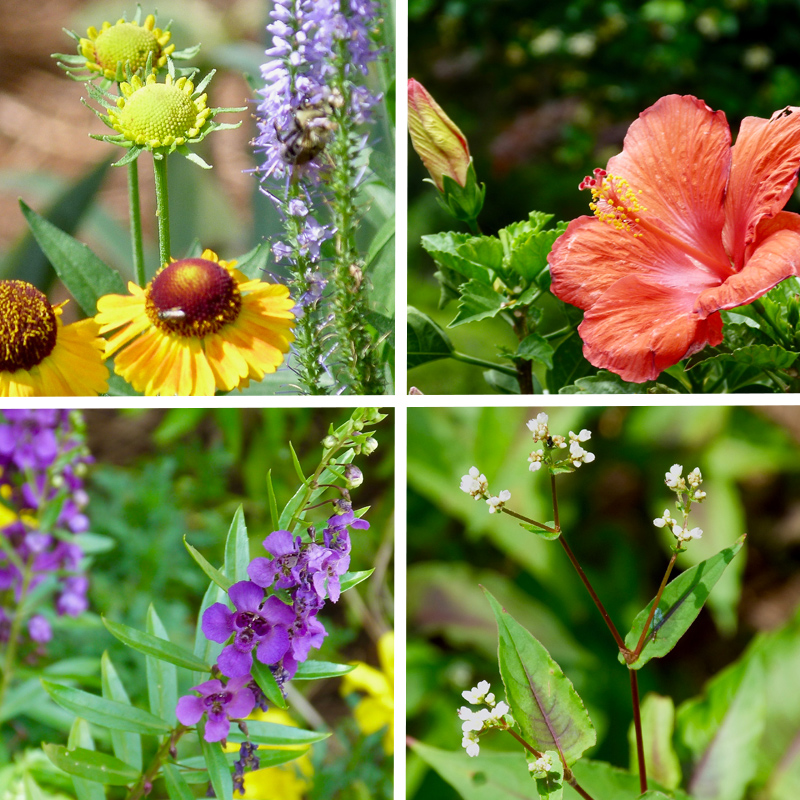Start a Conversation with Bat-faced Cuphea
 Sunday, August 25, 2019 at 6:00PM
Sunday, August 25, 2019 at 6:00PM Cuphea llavea, commonly called Bat-faced Cuphea, is a real conversation starter. It has lance-shaped green leaves and tubular flowers topped with what look much like purple "bat faces" with bright red "ears." It is one of the most interesting blooms I have seen:

I discovered this plant earlier this year at another gardener's home and soon found three for my own garden. This is a native perennial in Mexico and Central America, but it usually grows as an annual below USDA hardiness zone 10. In zones 8-9, it sometimes will survive the winter if well mulched, dying down at frost, then returning with warmer spring temperatures. It can grow in the ground or in a pot. If in a pot, it may be overwintered inside by a bright window.
Cuphea blooms over a long season, from late spring till frost. The bat faces are small but are produced in abundance and do not need to be deadheaded.  There are now cultivars that produce blooms other than red, such as pink, purple and white. The nectar-rich blooms are very attractive to butterflies and hummingbirds.
There are now cultivars that produce blooms other than red, such as pink, purple and white. The nectar-rich blooms are very attractive to butterflies and hummingbirds.
Plant Bat-faced Cuphea in full sun in well-draining, rich, organic soil. In intensely hot regions it can take some afternoon shade. It should be watered regularly until the roots are established. After that it is fairly drought tolerant.
It can grow up to two feet tall by three feet wide. When it is about ten inches tall or when it becomes leggy, the plant may be pinched or sheared back to produce a bushier, more floriferous plant. I definitely recommend this. Mine have become leggy, producing blooms mostly at the end of the stem. Mine are getting pinched this week! Fertilize monthly with a balanced fertilizer, or use a slow-release fertilizer in spring.








